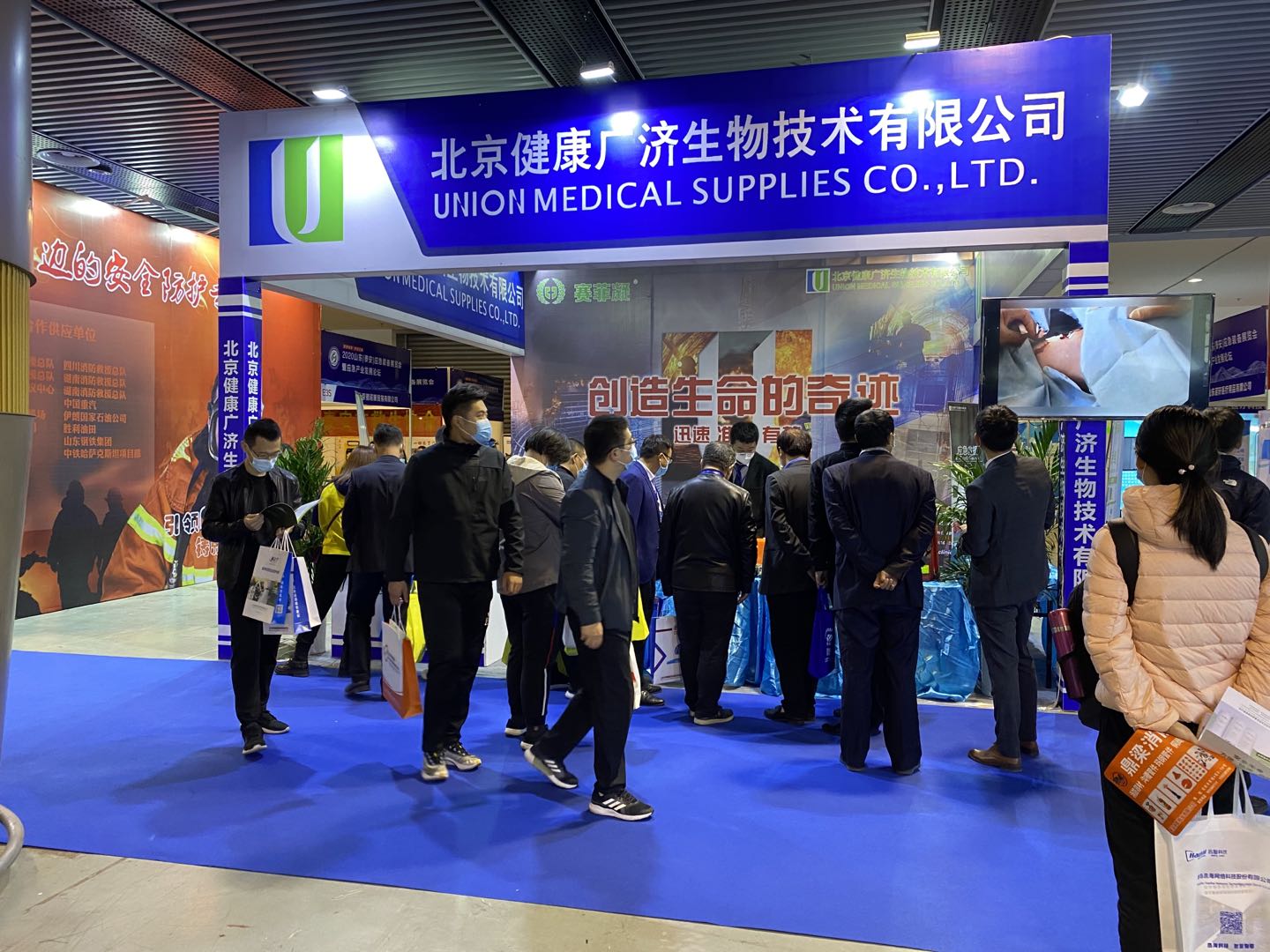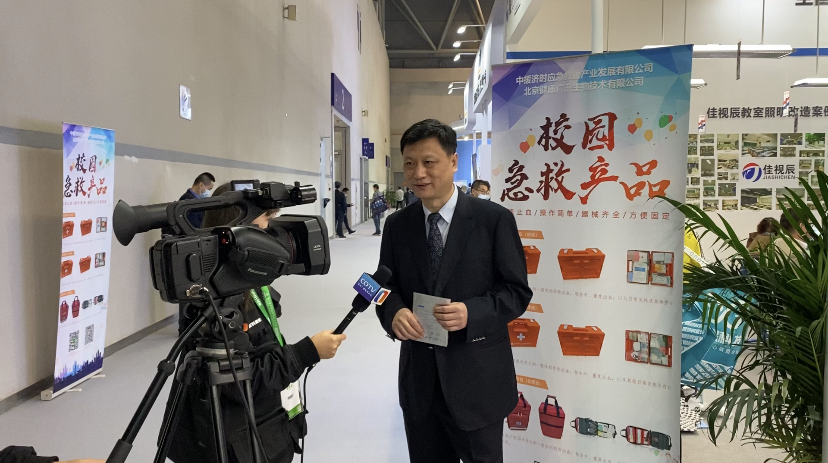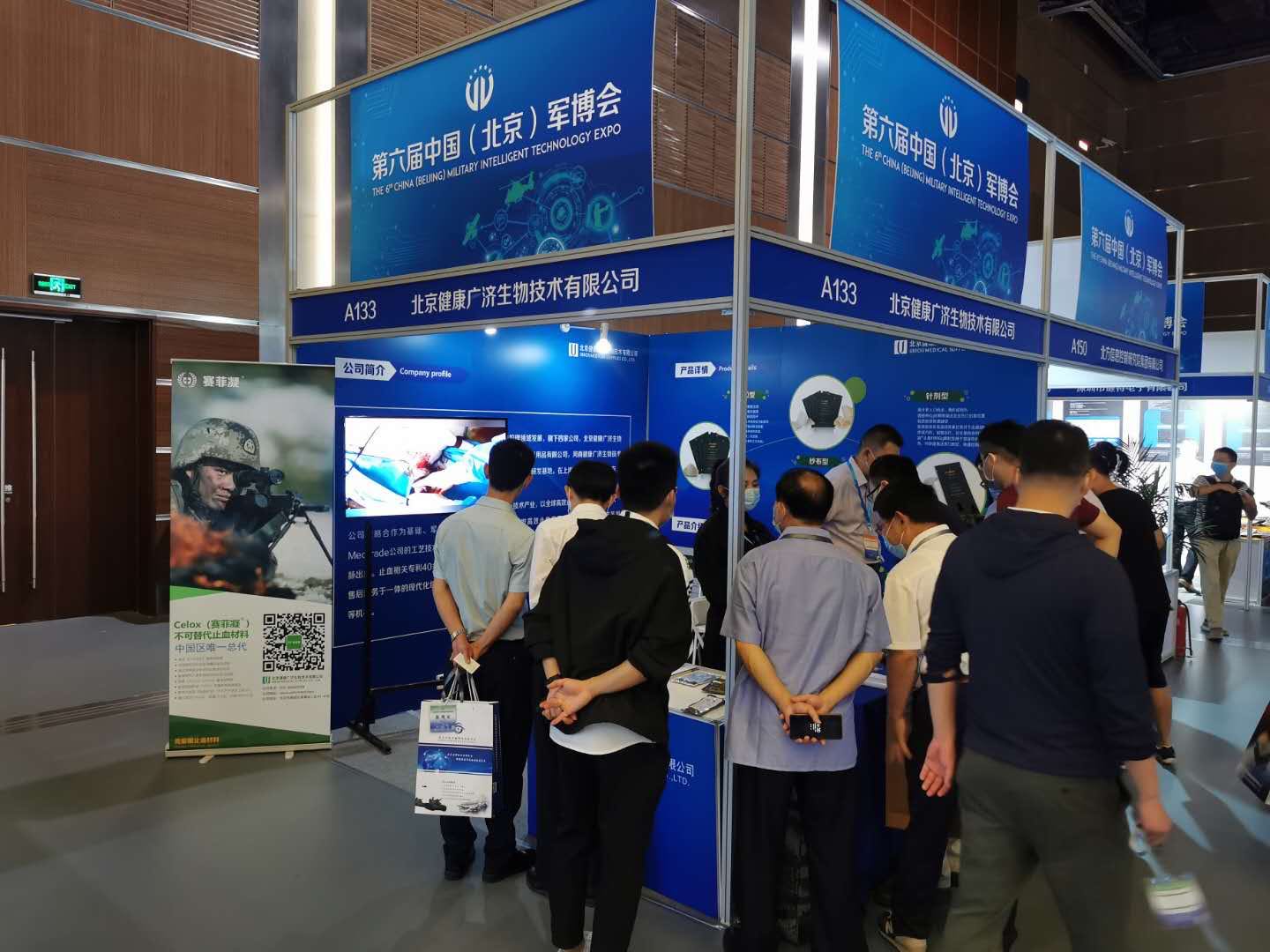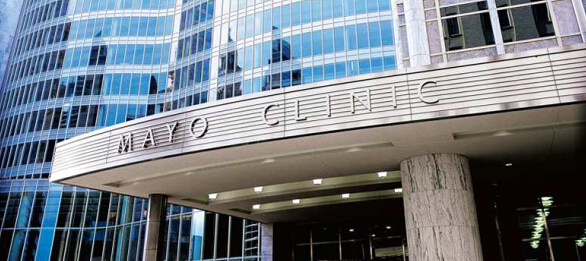Must-see: 2017 Analysis of the Development of Medical Devices in China
I. Medical Technology and Medical Devices Field
Overall, the Chinese medical technology and medical device market in 2017 will show several important development trends:
1. The full implementation of the "two-invoice system" promotes channel reform
In 2017, the "two-invoice system" will move from last year's pilot program to full implementation. Large enterprises will sink their channels, while small and medium-sized agents will be eliminated, merged, and transformed. Under this trend, three major transformative changes will be fostered in the industry: horizontal acquisition, vertical extension, and transformation.
In terms of horizontal acquisitions, large commercial companies with sufficient funds, strong strength, and widespread channels will continuously merge and integrate regional channels, and will transform channels into providers of supply chain integration solutions, and their achievements will experience an explosion.
Vertical extension can be divided into three types: firstly, downstream channelization of manufacturing enterprises, that is, large enterprises acquiring distributors, such as Meican acquiring Yitian Biology, and Antu acquiring Shengshi Junhui; secondly, upstream self-production of circulation enterprises, that is, circulation enterprises acquiring upstream technologies, such as Runda Medical, which started in circulation, acquiring POCT high-tech barrier product lines; thirdly, downstream service provision of circulation enterprises, that is, circulation enterprises extending to terminal services, such as Dean Diagnostics continuing to actively deploy terminal third-party laboratories. Vertical extension gives enterprises more say in the upstream and downstream, thereby improving enterprise profitability through synergy.
Transformation refers to the change in business models between medical device manufacturing enterprises and channel companies. For example, some instrument distributors are transforming into CSOs under the background of the "two-invoice system", tax reform, and large-scale rectification; some instrument agency businesses may transform into distribution businesses under the above background.
In short, the mergers, extensions, and transformations of channel merchants will lead to the gradual concentration of channel links. This is the future way out of channel integration under the trend of the "two-invoice system".
2. Hierarchical diagnosis and treatment brings opportunities for domestic equipment
In 2017, hierarchical diagnosis and treatment reform will continue to deepen and be fully implemented across the country. Although the concept of patients will not change rapidly, "those closest to the water know first". Hierarchical diagnosis and treatment will lead to the sinking of medical resources to the grassroots level. Unlike the situation where China's high-end medical equipment market is monopolized by foreign companies, the vast grassroots medical market has always been a battlefield for domestic brands to gallop. From a policy perspective, the state also encourages and supports grassroots medical units to use excellent domestic medical devices and equipment. We expect that with policy tilt and emphasis on capital investment, excellent domestic equipment brands, whether large brands with channels and products or emerging players with unique technologies, will experience an explosion in the grassroots field.
This includes, on the one hand, opportunities for upgrading and replacing existing equipment at the grassroots level, and on the other hand, opportunities for equipment that can meet the growing medical needs at the grassroots level but is also easy to operate. We will focus on the grassroots equipment field, including inspection and diagnostic equipment (especially POCT and rapid testing equipment), chronic disease-related home equipment, medical rehabilitation equipment, doctor's follow-up equipment, and safe and simple imaging equipment such as ultrasound.
3. Third-party services based on medical devices are booming
With the continuous deepening of medical reform and the continuous exploration of various emerging models, we believe that more and more institutions and companies will realize that the "mutually beneficial model" of serving hospitals and winning with hospitals will be more in line with the current medical business environment than the "disruptive model" of revolutionizing and seizing the business of hospitals. Under this, various third-party service institutions based on medical devices will have great potential, and various "Internet+" thinking and models will also be integrated into these services.
In October 2016, the National Health and Family Planning Commission issued the "Notice on the Basic Standards and Management Regulations (Trial) of Medical Testing Laboratories", clarifying that medical testing laboratories belong to separately established medical institutions, are independent legal entities, independently bear corresponding legal responsibilities, and are set up and approved by provincial health and family planning administrative departments. Subsequently, the "Interpretation of Basic Standards and Management Regulations for Independently Established Medical Institutions such as Medical Imaging Diagnosis Centers" issued by the National Health and Family Planning Commission in January 2017 clarified that medical imaging, testing, blood purification, and pathology centers as independent medical institutions are imperative.
From the support of the Health and Family Planning Commission for third-party diagnosis, imaging, and pathology, and the layout and mergers and acquisitions in this area by large medical enterprises, it can be seen that emerging intensive service models based on medical devices and equipment, such as third-party diagnosis, imaging, pathology, logistics, disinfection, repair, and equipment packaging, will strongly promote the development of the medical industry. Since these fields are also capital-intensive industries, a large number of investment and merger and acquisition events are expected to occur.
We have seen that in the field of third-party testing, the leading enterprise KingMed Diagnostics is about to go public, and emerging players such as Qianmai Medical and Beijing Hehe are also rapidly developing with continuous capital support; in the field of third-party imaging, Yimai Sunshine has obtained Series A investment from Goldman Sachs, and Ping An Good Doctor and listed company Guangyu Group are also actively deploying in this field; in the disinfection field, Lao Ken Medical and Sinopharm Holding are actively deploying third-party disinfection supply chains; and third-party maintenance companies such as Kunya Medical and Kedou Medical have respectively landed on the NEEQ and obtained capital investment.
We have also observed that third-party institutions related to diagnosis, such as third-party testing and third-party imaging, can not only provide services to hospitals, but also face the vast consumer market. If they can combine early screening and physical examination products and services well, they will break through the shackles of the hospital market and create a trillion-level health care market. If combined with "Internet+", such as big data and artificial intelligence, or linked with new drug research and development, there will be immeasurable explosive potential.
4. New technologies penetrate the instrument field
Early screening technology, artificial intelligence, 3D printing, and medical robots will bring about a subversive revolution in diagnosis and treatment.
Currently, early screening can be divided into two categories: early screening for genetic diseases and early screening for tumors. Early screening for genetic diseases usually refers to prenatal screening and calculating the probability of genetic diseases through gene testing; early screening for tumors refers to early detection of tumors before clinical symptoms through liquid biopsy, gene sequencing, and other means. Both are of great significance for improving population quality and improving tumor survival rates. Recently, the cancer early screening company Grail received US$900 million in Series B financing, once again igniting the enthusiasm of capital. The importance of early screening is self-evident, and in the future, combined with artificial intelligence diagnosis and other technologies, a trillion-level blue ocean market will be born.
In the field of AI diagnosis, the combination of artificial intelligence and medical imaging has recently become a popular focus. Last year, the number of medical images in China and the US increased by 30% and 63% respectively, while the number of radiologists increased by only 4.1% and 2.2% respectively, resulting in a huge gap between supply and demand in radiology diagnosis. The new trend of AI-based image reading may subvert future imaging diagnosis, making up for the shortcomings in quantity and accuracy of manual diagnosis. Currently, the AI diagnosis of breast cancer developed by scientists from Google Brain and Verily has achieved an accuracy rate of 88.5%, surpassing the accuracy rate of 73.3% achieved by renowned human pathologists. In the future, breakthroughs in AI diagnosis of more diseases and improvements in accuracy will perfectly match the rapid development and growth of the third-party imaging industry, making cloud-based imaging diagnosis platforms the ultimate solution for imaging diagnosis.
3D-printed medical devices are another emerging field. In recent years, the 3D printing industry for orthopedic devices has been put into preliminary use, such as Stryker's 3D knee replacement, E-Care Medical's 3D hip joint, and KMT's 3D key bone printing. Another major application area of 3D printing is dentistry. Overseas giants such as BEGO and Planmeca have produced 3D printing equipment suitable for dental applications, such as 3D Systems and EOS, which have also been introduced into Chinese hospitals. Technological upgrades will be a deterministic trend in the development of the medical device market.
The global medical robotics industry achieved approximately US$8.5 billion in revenue in 2016. A conservative estimate suggests that the average annual compound growth rate over the next five years will be 15%, exceeding US$15 billion by 2020. Of this, surgical robots will account for 60%, and rehabilitation robots will account for 20%. Among surgical robots, the da Vinci robot has successfully completed more than one million complex surgeries since its approval. Rehabilitation robots are also gradually entering the market with the gradual breakthroughs in technology. According to the University of Michigan Rehabilitation Robotics Association, the compound annual growth rate of rehabilitation robots will be 37% in the next 5 years, significantly higher than that of other medical robots. In this field, exoskeleton robots from foreign companies such as ReWalk, Cyberdyne, Hocoma, and Woodway have emerged, and medical robots produced by Chinese rehabilitation medical device companies such as Diehe Technology, Fourier Intelligence, and Anyang Shenfang are gradually being put into use.
Currently, these new technology companies in the medical device field are still in their early stages, mainly focusing on pre-A and A rounds of investment. This year, we expect to see more and more startups and investment events in these areas, and leading companies will begin to emerge. Platform companies vs. vertical companies; innovation departments of large enterprises vs. small startups - who will stand out? We shall wait and see. We believe that platform companies will be judged on their ability to migrate and implement, vertical companies on their channel promotion capabilities, large enterprise innovation departments on their synergy and resource interaction capabilities, and small startups on their ability to achieve technological breakthroughs.
5. Precision medicine is gradually transitioning from concept to maturity
In January 2015, then-US President Barack Obama proposed the "Precision Medicine Initiative," and the term "precision medicine" gradually became a popular term in the medical field, along with the continuous maturity of technologies such as NGS, gene editing, DNA capture, and bioinformatics. Precision medicine is also gradually transitioning from concept to maturity. In terms of diagnostic process, precision medicine can be divided into early screening, disease diagnosis, and prognosis follow-up.
In the field of genetic early screening, leading companies have basically taken shape. Berry Genomics is about to enter the capital market, Novogene has received substantial funding from Guotou Innovation, and Annoroad's gene sequencer NextSeq 550AR and fetal chromosomal aneuploidy test kit have obtained medical device product registration approval from the CFDA. In the field of tumor early screening, recently, cancer early screening company Grail received US$900 million in Series B funding, once again igniting the enthusiasm of capital. The importance of early screening is self-evident, and future integration with technologies such as AI diagnosis will create a trillion-dollar blue ocean market. Meanwhile, Professor Zhang Kun, one of the founders of Kanger Gene, and his team published their latest work in Nature Genetics, pioneering a novel high-throughput methylation non-invasive detection technology that can be used for non-invasive early screening and tracing of cancer. In China, the colorectal cancer methylation gene early screening product introduced by Borui has also obtained the CFDA medical device certificate. These achievements will ignite the enthusiasm of the industry, and it is expected that a batch of startups will emerge in this field in China. Technologically, the development of early screening mainly relies on liquid biopsy, DNA capture and amplification technologies, the development of methylation and other target discovery technologies, and also requires the accumulation of sufficient clinical data and clear clinical indications to gradually become the gold standard for early screening.
In terms of disease diagnosis, the most common current application of precision medicine is the precise use and follow-up of tumors. Through molecular pathological testing of tumors, such as NGS, first-generation sequencing, PCR, FISH, CTC, single-cell sequencing, etc., the patient's personalized situation is explained at the molecular level, so as to formulate precise treatment plans and understand prognosis in the clinic, and achieve precise and personalized treatment in combination with targeted drugs, cell therapy, etc.
Currently, the competition in the NGS and ctDNA fields in China is fierce, with numerous companies competing fiercely. After the land grabbing of the past two years, the industry is about to enter a period of reshuffling and more brutal competition. We expect that in the short term, the entire industry will focus on each company's business expansion and commercialization capabilities, in the medium term on service quality and product research and development and reporting capabilities and customer stickiness, and in the long term on the accumulation and application of big data, the creation of a business ecosystem, and the development and commercialization of new technologies. In terms of companies, leading companies such as Sehealth Genomics and Burning Rock Biotech continue to attract capital attention, while emerging forces represented by Yuanma Gene, MyGenostics, Geneplus, and Zhenhe Technology are catching up with their own different entry points.
6. Overseas investment and mergers and acquisitions remain strong
Since the end of 2016, investment institutions and large enterprises in the medical device market have mainly focused on stability in their investments, paying attention to stable investment opportunities with sales profits and mature channels, and have begun to actively seek overseas companies with technology to invest in, in order to achieve product introduction and complement domestic channel advantages. Since the commercialization cycle of medical devices is generally faster than that of new drugs, we expect that investment institutions, especially US dollar funds, will follow this trend this year and continue to increase investment and even mergers and acquisitions of overseas technology-based medical device companies; meanwhile, A-share companies' mergers and acquisitions of overseas medical device companies will continue, with overseas mergers and acquisitions becoming an effective way for domestic companies to introduce foreign technology and for overseas companies to achieve commercialization in China.
From 2016 to the present, Jiu'an Medical acquired eDevice for 9,388,000 euros, increasing its investment in medical testing equipment; Purple Heart Pharmaceuticals acquired Nabsys2.0 to enter the field of gene testing; BOE invested US$50 million in Israeli non-invasive medical device company Cnoga; and San Nuo Bio acquired US PTS Diagnostics for US$200 million to enter the POCT diagnostic field of the IVD industry. In-vitro diagnostics, gene sequencing, and innovative medical devices, as hot areas with high technological barriers and fast growth rates, are areas of contention for mergers and acquisitions by industry leaders. 2017 will once again be a year in which domestic leaders will vie for opportunities to expand overseas.
We believe the following areas will be the focus of capital attention in 2017.
Mergers and acquisitions and integration of mature companies (especially acquisitions by listed companies)
Platform and vertical channel merchants
Various third-party service organizations based on medical devices and equipment
New technology fields
Investment in overseas technology companies
Major A-share players in the medical device field
Medical device platform companies: Mindray Medical, Yuwell Medical, Xinhua Medical, China Resources Wandong, Shandong Weigao
Specialized medical device companies: Lepu Medical, Daan Gene, Kowa Bio, San Nuo Bio, Kellytech
Third-party service companies: Dian Diagnostics, KingMed Diagnostics
Traditional pharmaceutical companies: SL Pharmaceutical, Haisco Pharmaceutical, Hainan Haiaoyao, Beilu Pharmaceutical
Non-medical companies: Hondar High-Tech, Jingwei Textile Machinery, TCL, Sanbao Group
Source: Medical Device Encyclopedia
Hot News
Shandong Exhibition: October 27, 2020
Release time:
2021-03-26
Shanghai Exhibition: October 19-22, 2020
Release time:
2021-03-26
Beijing Military Museum Exhibition: September 22, 2020
Release time:
2021-03-26
Poor medical device sales aren't always due to lacking sales skills.
Release time:
2018-09-26













